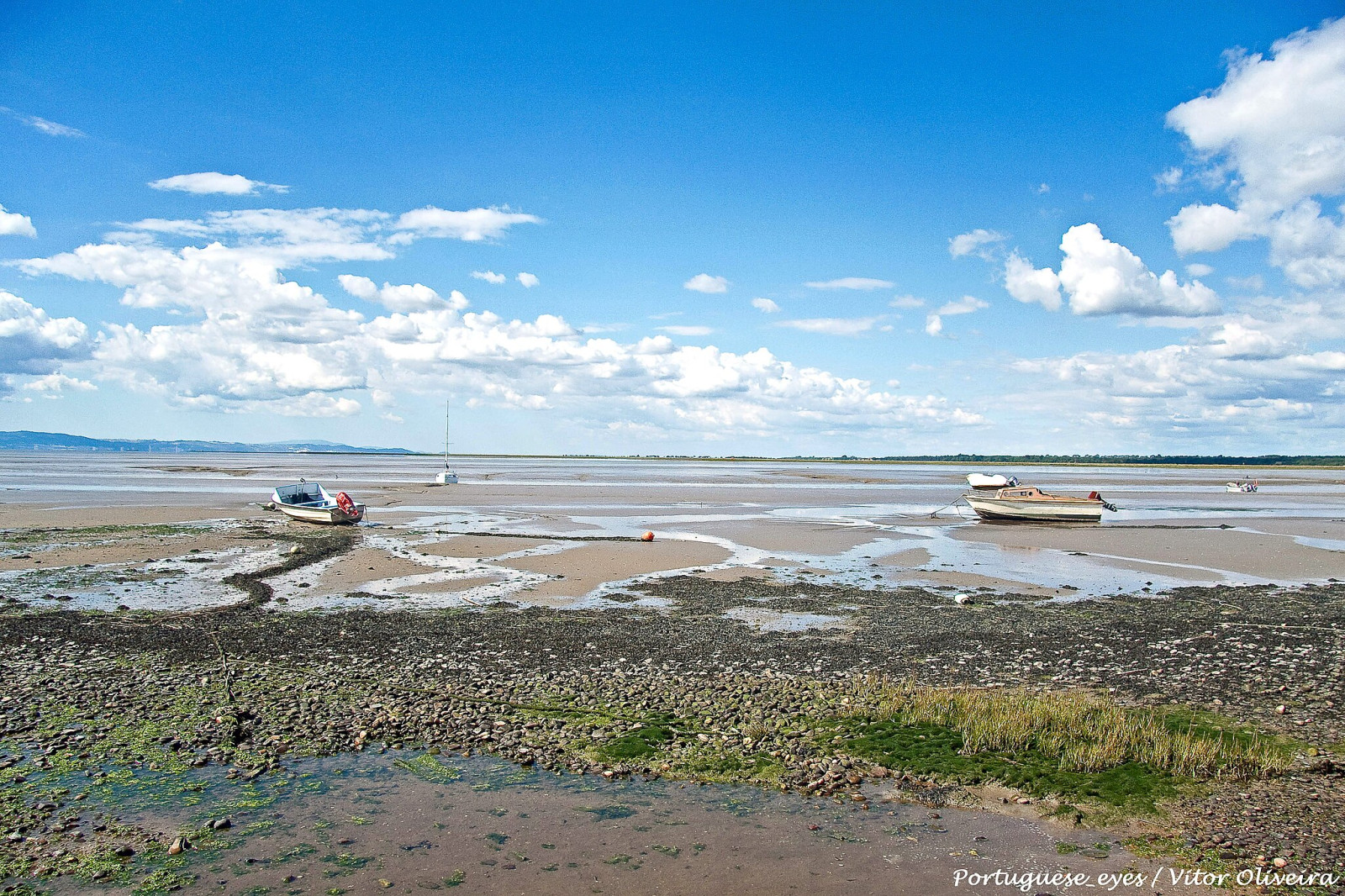Opis
Sitio das Hortas is one of the most accessible places in the Tagus estuary. Because this estuary is the most important wetland of Portugal this is a great site for the observation of waders and other aquatic birds. The best time to see birds in Sítio das Hortas is three to four hours after low tide or two to three hours after high tide. See the link to the tide table below.
Among the birds you can observe are flaming różowy, rybitwa białoczelna, rybitwa wielkodzioba, sieweczka morska, sieweczka obrożna, kulik mniejszy, kulik wielki, rycyk, szlamnik, biegus krzywodzioby, szczudłak, szablodziób, siewnica, warzęcha, ohar and many more. Raptors like rybołów, błotniak stawowy and kaniuk can be seen year round. Wintering guests are świergotek łąkowy and podróżniczek.
Szczegóły
Dostęp
Sitio das Hortas is located on the south bank of the Tagus estuary, about 2 km east of the village of Alcochete. From Lisbon, access is via the Vasco da Gama bridge and then the IC3, following the signs for Alcochete; you pass the Freeport shopping complex and then the Galp petrol station, turning right just after it on Estrada das Hortas. Sítio das Hortas is about 1 km ahead, with free parking. Press P on the map for directions.
The best observation point is located in front of the visitor center (this center is only open on weekends, from 2 pm to 6 pm, during the week it only opens on request, and it is necessary to contact the Municipality of Alcochete through the e-mail geral@cm-alcochete.pt). But if the visitor center is closed there are plenty of other viewpoints to get good views of the birds.

